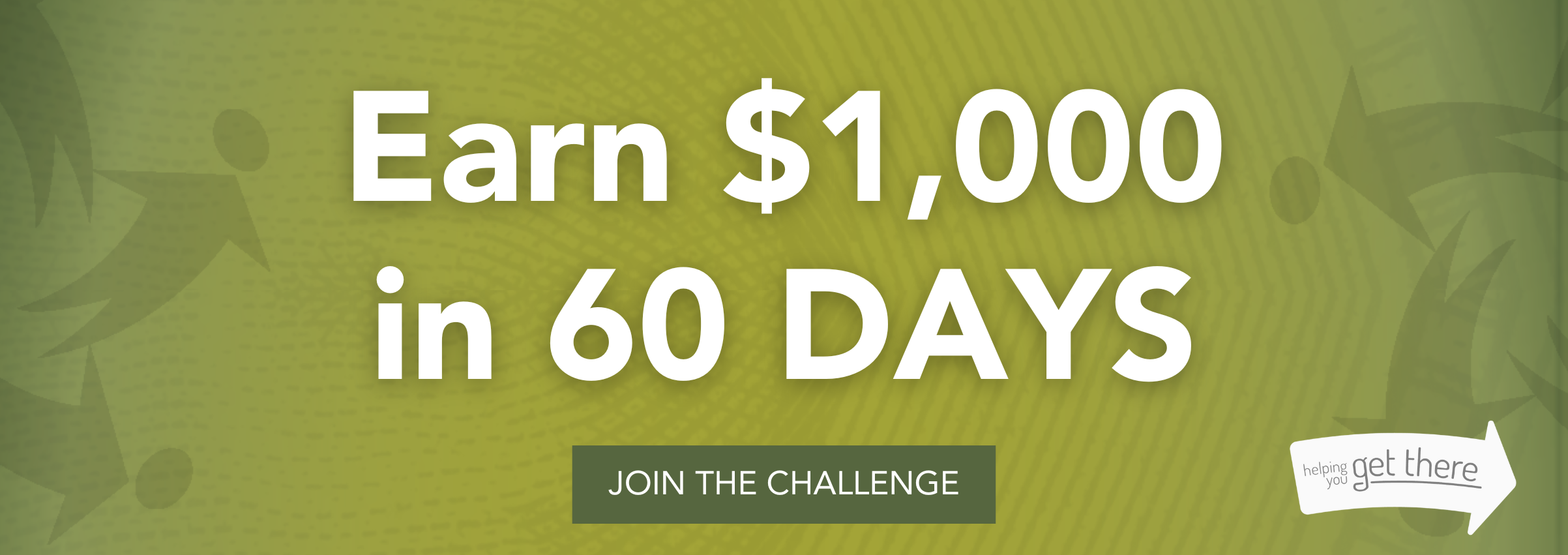
Discover how to buy a house while paying off student loans. (Yes, we're totally serious.)
Dreaming of your own little corner of the world but also grappling with student loan debt? Don't fret!
Finding the perfect balance between homeownership and student loan management is possible.
In this article, we'll walk through the mortgage process, address underwriters' concerns, and find that sweet spot where buying a house with student loan debt becomes a reality while keeping your finances in check.
The Mortgage Process.
Buying a home can seem like a complex process, but don’t worry, it’s totally achievable.
When you apply for a mortgage, lenders will dive into your financial history, income, credit score, and existing debts. This will help determine your purchasing power, and what loan amount you can qualify for.
When you’re able to determine your budget and get pre-approval for a mortgage amount, you then are able to hire a real estate agent and begin looking for the home of your dreams!
For a comprehensive how-to guide on the homebuying journey, download the Complete Guide to Buying the Home You Love. This jargon-free roadmap covers 12 steps you can take to confidently buy the home of your dreams, regardless of if you are a first-time home buyer or an experienced homeowner.
The Student Loan Factor.
Unfortunately, student loan debt is a reality for most college graduates. In fact, 51% of undergraduate students use federal loans at some point. With such a staggering ratio of student debt to college graduates, there has to be a way to get the dream home you want, while still paying on those pesky loans. And good news, there is.
Lenders are aware of the weight of student loan debt, and they'll focus on your debt-to-income (DTI) ratio to gauge your borrowing capacity. To keep the harmony between student loans and homeownership, it's essential to address your DTI ratio.
Take a deep breath and review your budget to identify areas where you can minimize other debts. Reducing credit card balances or consolidating other loans can be steps in the right direction. By lowering your DTI ratio, you'll show lenders that you can gracefully manage both homeownership and your student loan obligations.
So, put out the metaphorical fires burning when thinking about student loan debt, and get to work!
This meme was created for those of us in student loan debt. pic.twitter.com/4ytCqVLku1
— Brayden Smith (@_brayden_smith) November 24, 2018
Steps to buy a house with student loan debt.
-
Nurture your credit score: Think of your credit score as a garden that requires regular nurturing. To keep it flourishing, water it with regular credit report checks. Look for any unwelcome surprises, such as errors, and tend to them ASAP. Cultivate your score by making timely payments and showing responsible credit usage. A healthy credit score will set a strong foundation for your financial future as a homeowner.
-
Maintain a good DTI ratio: Avoid taking on more debt, whether it's a personal loan, car loan, or additional credit card debt. More debt means higher monthly payments, which increases your DTI. Remember, DTI isn’t just about debt; it's also about income. If you have an opportunity to increase your income (through a raise, new job, or side gig), this can lower your DTI and make you more appealing to lenders.
- Find an understanding lender: Partnering with the right financial institution is crucial when dealing with student loan debt and homeownership. Look for lenders with experience in working with borrowers who have student loans. An understanding lender will be more willing to guide you through the mortgage process and offer loan terms that suit your situation best.
If you’re looking for your first home to purchase, consider the First Time Homebuyer Loan Program. The First Time Homebuyer Loan Program is accessible and affordable, requiring as little as 3% down for those looking to buy their first home.
- Get pre-approved: After preparing yourself for the homebuying journey, it's time to seek preapproval for a mortgage. Think of preapproval as a reliable guide, offering stability to your path. Having a preapproval letter in hand will give you a clear understanding of your budget and how much house you can afford. This knowledge will empower you to navigate the housing market with confidence, demonstrating to sellers that you are a serious and qualified buyer. *Insert hair flip*
- Start saving for a down payment: Last but not least, let's talk about the final step: saving for a down payment. It's time to demonstrate some responsible financial skills! Create a budget and set aside a portion of your income for your down payment fund. Aim for a down payment of at least 20% of the home's purchase price. Steady saving will help you build up a substantial down payment, which can lead to better loan terms and lower monthly mortgage payments.
Ready to kickstart the saving process? Join our 60 Days to Save 1k savings challenge to kick start yours. With an easy-to-follow savings plan and a downloadable savings tracker, you'll be ready to put a down payment on your future home in no time!

So, can I do it?
Finding the delicate balance between homeownership and student loan debt requires careful planning, financial insight, and a bit of patience. Nurture your credit score, manage your DTI ratio, seek understanding lenders, obtain preapproval, and save consistently for a down payment. By following these steps, you'll gracefully navigate the path to homeownership.
Remember, it's about finding the right rhythm and striking the perfect balance between your homeownership dreams and managing your student loan obligations. So, take confident steps and venture into the realm of homeownership with determination!
Relevant Article: Is it unwise to buy a car and a house in the same year?
If you found this article helpful, subscribe to our blog and have weekly financial insights delivered to your inbox.




